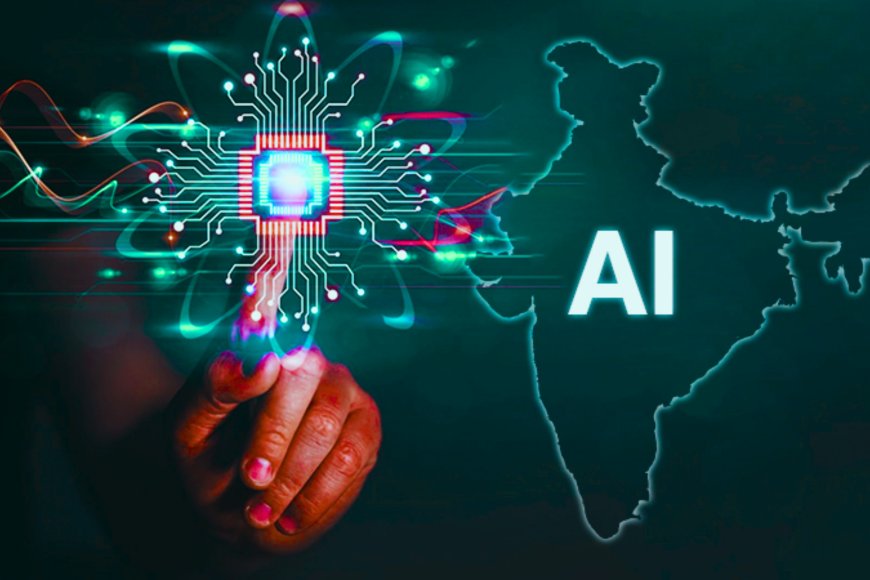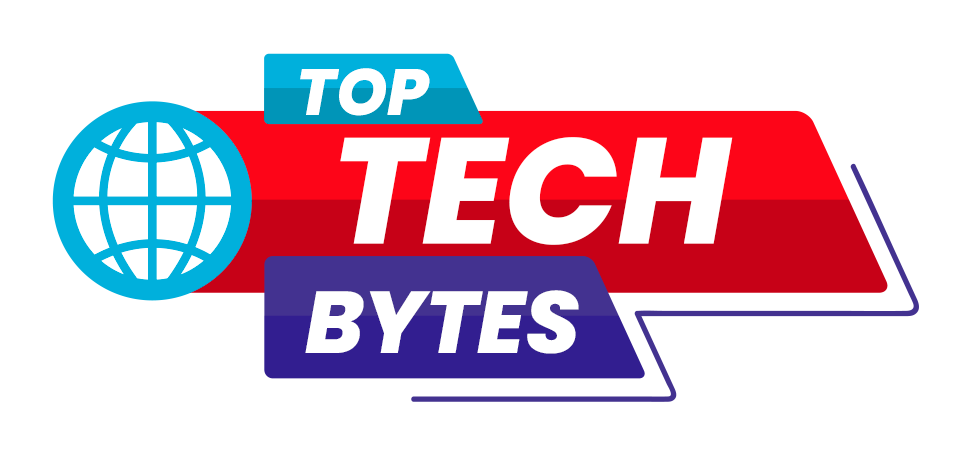IndiaAI Mission Expands to Next Phase With New Projects to Develop Advanced Large Language Models and Strengthen AI Ecosystem
IndiaAI Mission enters next phase with new projects to build trillion-parameter large language models, boosting home-grown AI innovation, advancing digital infrastructure, and strengthening the nation’s global competitiveness in artificial intelligence.

India's journey with artificial intelligence has made a big leap forward.The government has chosen eight organizations to lead the next phase of the IndiaAI Mission. These organizations includes IIT Bombay, Tech Mahindra, and Fractal Analytics.They will work on creating large language models (LLMs), which are the most important part of the most advanced AI systems today.
A project led by IIT Bombay through its BharatGen project is the most important part of this announcement.The institute has been instructed to develop a huge language model with trillion parameters. To put this in context, parameters are like the brain cells of an AI system that enable it learn language and find patterns. A model's abilities get better as it has more parameters. India would be one of the few countries doing AI initiatives on this scale if it had a trillion-parameter model. The government provided over Rs 988.6 crore in funding to support with this.
The eight organizations chosen for this phase are Avataar AI, IIT Bombay Consortium – BharatGen, Fractal Analytics, Tech Mahindra, Zeinteiq Aitech Innovations, Genloop Intelligence, NeuroDX (Intellihealth), and Shodh AI. Each of them will work on a different part of LLM development l ike Tech Mahindra has been working on its own Indic language model named Project Indus.The business has indicated that establishing Project Indus entirely in-house and making it open source has taught them a lot and is now closely linked to the IndiaAI Mission's bigger goal.
This new phase builds on selections made in 2025. Last May, startups like SoketAI, Gnani.ai, and Gan AI were selected to develop India's first home-grown foundational models. Before that other businesses, including Sarvam AI, were chosen to work on specialized AI systems. The government has also been working with cloud and data providers to make it easier for researchers to get access to on GPUs, which are the powerful processors that are needed to train huge models. This is to make sure that all of these projects are successful.
The government has indicated that the initial group of AI models looks promising and that some of them should be available by early 2026. Along with this, India will shortly issue a national AI framework to show how to build and use these kinds of technologies in a responsible way.
This article is based on information from India Today







